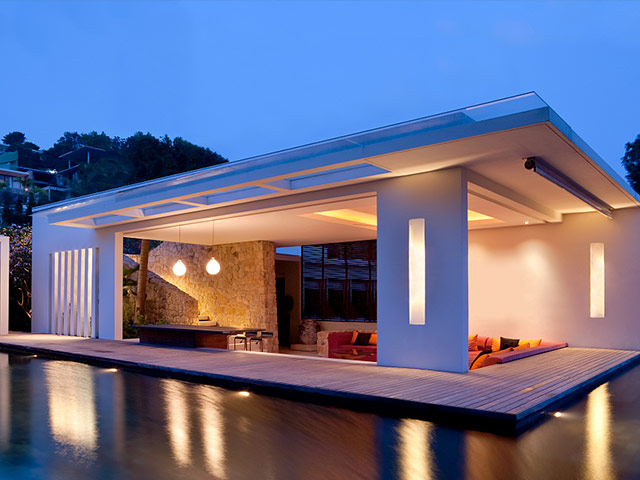What is the IP rating system?

The IP Rating describes the enclosure for electronic equipment according to the definition of the European Committee for Electro Technical Standardization. IP is standing for Ingress Protection, the protection of the product against environmental effects like solid objects or liquids. The IP rating consists of two digits which are describing the height of the protection against these effects. The larger the number, the higher the protection.
IP table
number |
protection against |
protection against |
0 |
no protection |
no protection |
1 |
solid objects over 50mm, e.g. touch by hand |
vertically falling drops of water, e.g. condensation |
2 |
solid objects over 12mm, e.g. fingers |
direct spray of water up to 15° from vertical |
3 |
solid objects over 2,5mm, e.g. tools and wires |
direct spray of water up to 60° from vertical |
4 |
solid objects over 1mm, e.g. small tools, small wires |
water spray from all directions |
5 |
dust, but limited (no harmful deposit) |
low pressure water jets from all directions |
6 |
totally protected from dust |
temporary flooding of water, e.g. ship decks |
7 |
|
immersion bath between 15cm and 1m |
8 |
|
immersion bath for long period - under pressure |
What is the connection of IP rating to LED luminaires?
The article “LED Life Cycle – Influences” describes a lot of points that need to be considered when designing a long- life efficient LED system with high ecological benefits.
Humidity is one reason for metal parts, connections and electronic devices to get damaged really fast. They start to corrode, so it is better to protect the LED system carefully against humidity. Even more careful decisions need to be made for environments like coastal climate, factories that are producing chemicals as well as indoor swimming pools.
Sample Areas and suggested IP Ratings:
Offices, Schools, Floors |
IP20 |
Factories, Warehouses, Distribution Centers |
IP20 - IP65 |
Processing Industries |
IP65 |
Streetlights, Sports Lighting |
IP66 |
